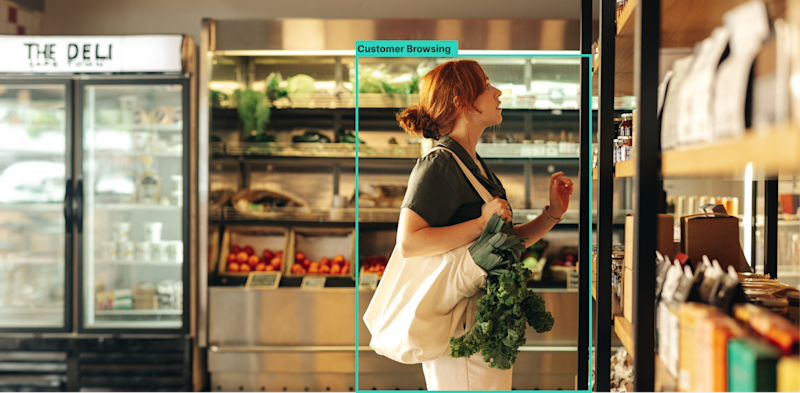Subscribe to Our Newsletter
Sign up for our bi-weekly newsletter to learn about computer vision trends and insights.
25 Ways Companies Leverage AI Video Analytics in 2024
by

Kathleen Siddell

Subscribe to Our Newsletter
Sign up for our bi-weekly newsletter to learn about computer vision trends and insights.

Kathleen Siddell
